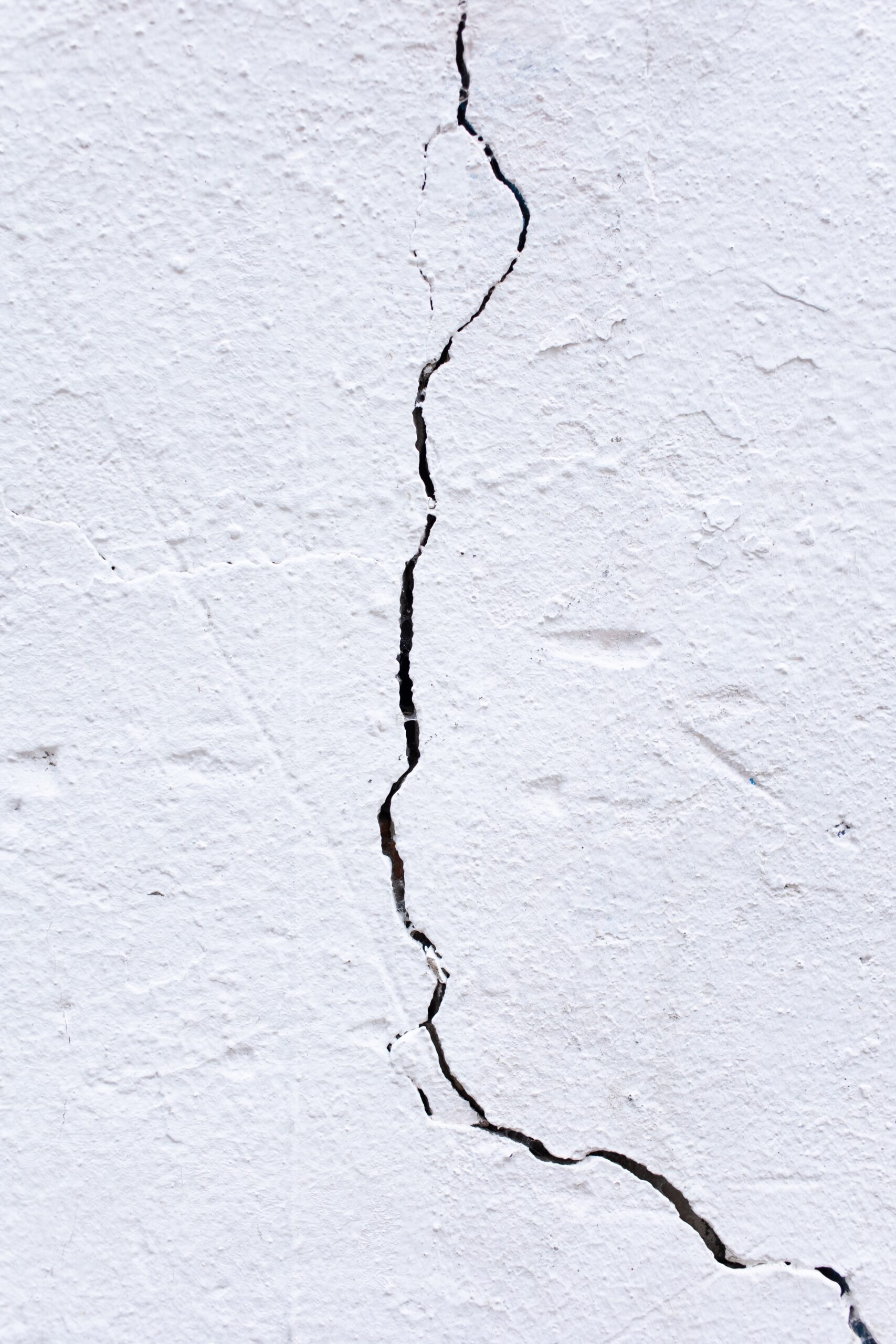
14 Sep How Can You Tell if a House Has Structural Damage?
A well-built house should ideally last for many years without anything but minor damage, but this doesn’t always happen. A range of environmental factors (most often involving the foundations) can compromise the building, causing structural damage.
But how can you tell if your house has structural damage, or whether it just needs cosmetic repairs?
What to Look Out for Inside Your House
Plenty of issues can be easily seen from inside your house. Sometimes, these aren’t a big deal, such as hairline cracks, but many can be a sign of structural damage:
- Substantial cracks in the walls, especially large horizontal cracks or those running between the ceiling and either door or window.
- Gaps between the wall and floor, even if quite narrow, can be a sign of structural damage.
- If doors or windows that used to work no longer open and shut properly, you may have structural damage.
- If walls are bowing, this may suggest the walls aren’t adequate, perhaps because an extra load has been added on an upper floor.
What to Look Out for Outside Your House
In addition to the issues you can see from inside your home that indicate possible structural damage, there are also plenty visible from the outside. It’s a good idea to do a systematic check on a regular basis, but you can also look out for problems whenever you’re outside the house:
- If cracks in the outside walls are easily visible, this could be a danger sign, whether the cracks are vertical, horizontal or diagonal. This includes cracks where two walls are pulling away from one another.
- If your house is visibly sloping, this could be a sign of damage to the foundations. You’ll need to check from a little distance to be able to see this.
- If the wall has rotated out of its original place, this is likely to lead to major cracks.
- If the porch or steps up to the door have pulled away from the wall or have tilted, this could be a sign of structural damage.
- If your house has a chimney and it’s leaning, this not only suggests foundation problems but also that the chimney is at risk of falling.
What to Do if You Find These Problems
Most of these issues suggest problems with the foundations of your house. If this has a specific cause, such as tree roots or leaking drains, then fixing that may be enough, but your foundations may require underpinning to prevent your house from collapsing.
Whether or not underpinning is needed, the specific cracks or other faults urgently need to be repaired, or they’re likely to get worse. The first step, in discovering any of these issues, is to call in a firm that specialises in structural repairs to assess what you need. Give us a call for an expert assessment of your house’s structural problems.




